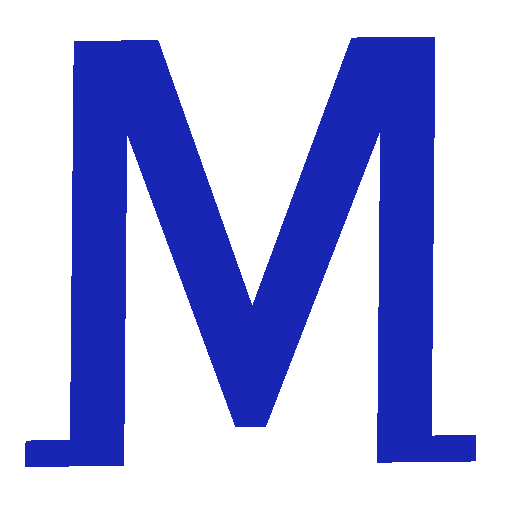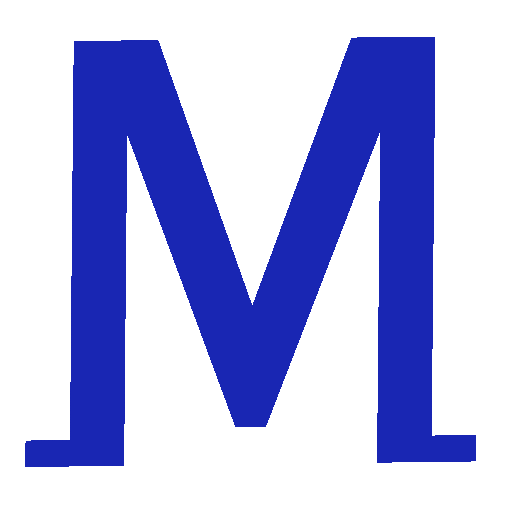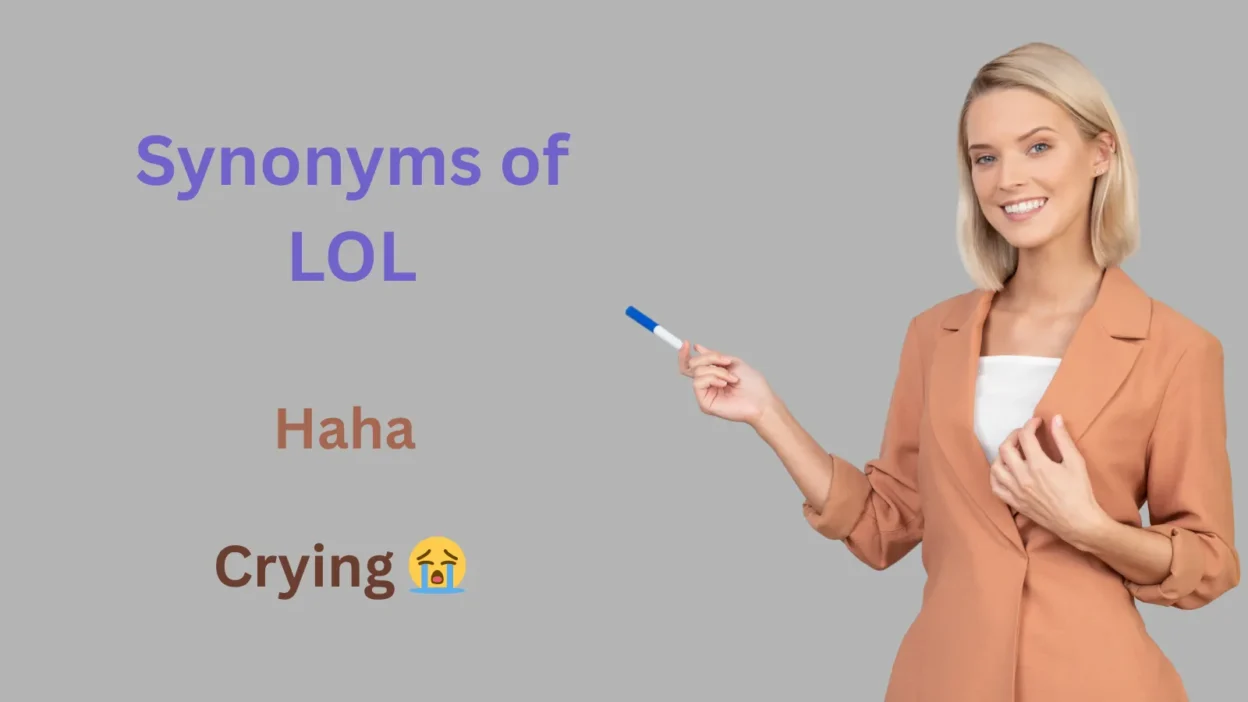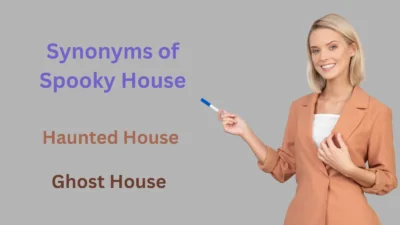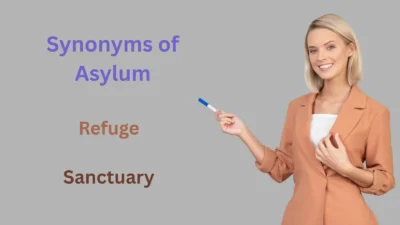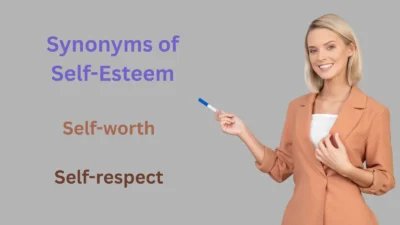Synonyms of LOL are alternative ways to express laughter in chats, comments, or social media posts. The word LOL, short for “laughing out loud,” has been used for decades to show amusement online. But today, with so many ways to express emotions, people are looking for fresher, more expressive options.
From haha and LMAO to emojis like 😂 and 🤣, each alternative carries its own tone and personality. Some sound casual and friendly, while others add humor or exaggeration.
Knowing different synonyms for LOL helps you write funnier, more natural messages and avoid sounding repetitive. Whether you’re giggling quietly or laughing uncontrollably, there’s always a perfect way to say it.
In this article, you’ll discover creative and expressive LOL synonyms, their meanings, real examples, and Pronuciation to use each one in conversation.
What Does LOL Mean?
LOL stands for “Laugh Out Loud.” It’s an internet slang term used to show that something is funny or amusing. When someone types “LOL,” they’re expressing laughter — similar to giggling or chuckling in real life.
For example:
- “That meme was hilarious, LOL!”
- “You really said that? LOL, I can’t believe it!”
While it started as a genuine expression of laughter, LOL is now often used casually in messages to lighten the tone or make conversations friendlier — even if the person isn’t literally laughing out loud.
30 Synonyms & Related Words for Synonyms of LOL
1. Haha
Description: The simplest and most common substitute for LOL.
Example: “Haha, that meme made my day!”
Usage: Casual, friendly, and universal; perfect for any light joke.
2. Hehe
Description: A soft chuckle or sneaky laugh.
Example: “Hehe, I knew you’d say that.”
Usage: Playful or teasing tone; works when you’re being slightly mischievous.
3. LMAO (Laughing My Ass Off)
Description: Shows stronger laughter than LOL.
Example: “That video had me LMAO!”
Usage: Casual; use with friends when something is genuinely hilarious.
4. ROFL (Rolling on the Floor Laughing)
Description: Extreme laughter, usually exaggerated.
Example: “ROFL, I can’t breathe after watching that!”
Usage: Dramatic or playful; fits in group chats and memes.
5. LMFAO
Description: Even stronger version of LMAO (includes profanity).
Example: “LMFAO, that joke was wild.”
Usage: Very casual; avoid in professional settings.
6. 😂 (Crying Laughing Emoji)
Description: Emoji that expresses uncontrollable laughter.
Example: “You really said that? 😂😂”
Usage: Friendly and modern; often used alone instead of text.
7. 🤣 (Rolling on the Floor Emoji)
Description: Emphasizes extreme laughter.
Example: “That TikTok had me 🤣🤣.”
Usage: Casual; perfect for memes or funny videos.
8. LQTM (Laughing Quietly to Myself)
Description: Subtle version of LOL for small smiles or chuckles.
Example: “LQTM… that was clever.”
Usage: Polite, understated; great for text or work chat.
9. Snort
Description: Shows laughing so hard you snorted.
Example: “I literally snorted at that!”
Usage: Informal, humorous; adds a personal touch.
10. Chuckle
Description: A soft or polite laugh.
Example: “That comment made me chuckle.”
Usage: Semi-formal or friendly tone; suitable for emails or comments.
11. Giggle
Description: Light, playful laugh.
Example: “She couldn’t stop giggling during the call.”
Usage: Gentle or cute tone; often used affectionately.
12. Cackle
Description: Loud, almost wicked laugh.
Example: “He cackled after pulling the prank.”
Usage: Funny, dramatic, or sarcastic; use for vivid effect.
13. Snicker
Description: Quiet, sneaky laugh — often at someone.
Example: “They snickered when he forgot his lines.”
Usage: Mildly teasing or mischievous contexts.
14. Titter
Description: Small, restrained laugh.
Example: “She tittered at the awkward silence.”
Usage: Literary or formal; great for writing or narration.
15. Chortle
Description: Joyful, hearty laugh.
Example: “He chortled after hearing the joke.”
Usage: Creative writing or storytelling tone.
16. Guffaw
Description: Loud, hearty laugh from deep in the chest.
Example: “The crowd guffawed at the comedian’s punchline.”
Usage: Dramatic, expressive; good for humor writing.
17. Snigger
Description: Similar to a snicker — sly or quiet laugh.
Example: “They sniggered at his mispronunciation.”
Usage: British English; informal and slightly mocking.
ROTFLMAO
Description: “Rolling on the floor laughing my ass off.”
Example: “ROTFLMAO, that story was impulsive!”
Usage: Very casual; exaggerated humor online.
PMSL (Pissing Myself Laughing)
Description: Slang for laughing uncontrollably.
Example: “That tweet had me PMSL 😂.”
Usage: British slang; not for formal use.
Dead 💀
Description: Modern slang for “I’m dead from laughing.”
Example: “That was so funny, I’m dead 💀.”
Usage: Internet slang; trendy, youthful tone.
Crying 😭
Description: Used ironically to express laughter so strong it brings tears.
Example: “That roast was brutal 😭😭.”
Usage: Casual; TikTok and Twitter-style humor.
I’m dying
Description: Figuratively dying of laughter.
Example: “I’m dying 😂 that joke was too good.”
Usage: Casual and expressive; good for messages or captions.
23. Lulz
Description: Internet slang for laughs or amusement (from LOL).
Example: “Just doing it for the lulz.”
Usage: Internet culture or meme slang; ironic tone.
24. Haha, No
Description: Light laugh followed by disbelief or sarcasm.
Example: “Haha, no, I’m not doing that again.”
Usage: Casual, humorous; use in playful denial.
25. That’s Hilarious
Description: Straightforward reaction to something funny.
Example: “That’s hilarious — I can’t stop watching it.”
Usage: Works in all settings, even professional chats.
26. Too Funny
Description: Mild, friendly acknowledgment of humor.
Example: “You’re too funny 😂.”
Usage: Warm and polite; suitable for social media replies.
27. LMAOOO
Description: Extended version for extra emphasis.
Example: “LMAOOO you really just said that!”
Usage: Casual or exaggerated; typical in Gen Z texting.
28. Vehement
Description: Something so funny it causes uncontrolled laughter.
Example: “That stand-up bit was vehement!”
Usage: Neutral to formal; fits spoken and written English.
29. I Can’t Stop Laughing
Description: Literal and expressive replacement for LOL.
Example: “I can’t stop laughing at this video!”
Usage: Natural and universal; works in all contexts.
30. That Made My Day
Description: Shows joy and appreciation for something funny or uplifting.
Example: “Your text made my day 😄.”
Usage: Warm and sincere; good for friendly or wholesome tone.
How to Choose the Right Synonym
Picking the best alternative to LOL depends on tone, relationship, and platform:
- Casual Chats: Use ‘haha’, ‘LMAO’, or ‘dead 💀’ for natural online conversations.
- Professional/Polite: Try chuckling, that’s hilarious, that made my day, to keep it appropriate.
- Playful or Sarcastic: Go for hehe, snicker, haha no, or lulz for humor with personality.
- Intense Laughter: ROFL, vehement, LMAOOO, PMSL add dramatic flair.
- Creative Writing: Use chortle, titter, guffaw, or snigger for vivid imagery.
Cultural context also matters — LOL and LMAO are dominant in Western slang, while hehe and haha are more universal. Emojis like 😂 have become global laughter symbols, making digital tone easy to read without words.
Conclusion :
The synonyms of LOL—like haha, lmao, rofl, hehe, dead, and crying—capture every shade of laughter, from mild amusement to vehement giggles. Using these variations helps you sound more natural, expressive, and in tune with online culture.
You’re texting friends, reacting to memes, or commenting on social media; these alternatives to LOL keep your tone lively and relatable. So next time you want to laugh out loud, try mixing it up—because how you laugh online can be just as funny as the joke itself!
